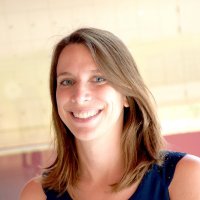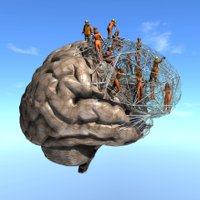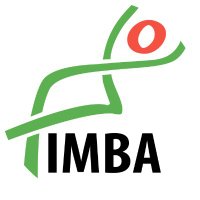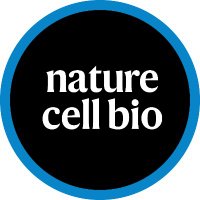
Christopher Esk
@christopher_esk
Assistant professor, Uni Innsbruck; Research associate, Knoblich lab, IMBA
ID: 4129532421
http://www.cesklab.com 06-11-2015 21:41:37
55 Tweet
186 Followers
296 Following

I am very honored to receive the Early Stage Funding from the University of Innsbruck, a research funding meant to support small projects of young scientists! I am looking forward to a fruitful year full of exciting new data! #iPSCs #stemcells Edenhofer lab @[email protected]

„Remove academic age limits on ERC grants” - Jetzt unterschreiben! chng.it/SZLfmqjW via Change.org

📢#PhD and #PostDoc positions in my group at @[email protected] Digital Science Center (DiSC) to computationally reconstruct cancer interactomes from NGS multiomics FWF project in collaboration with labi lab innsbruck Villunger Lab Joel Riley euraxess.ec.europa.eu/jobs/75233 euraxess.ec.europa.eu/jobs/75236 Please RT! 🙏

📣 Preprint alert! Check out our latest story, led by Catarina Martins Costa. The corpus callosum safeguards interhemispheric communication in the human brain. 𝘈𝘙𝘐𝘋1𝘉 mutations cause agenesis/absence of the CC. We wanted to know why. 🤓 🧵1/9 tinyurl.com/2s4jtr5z


📢 Our review on next-generation #deconvolution of the tumor microenvironment has been published on IRCMB! 🎉 shorturl.at/hlnX7 Kudos to Lorenzo Merotto Maria Zopoglou and Constantin Zackl! Digital Science Center (DiSC) @[email protected]


Congratulations to Chong Li and everyone in The Knoblich Lab and Treutlein lab on this very cool project finally being published alongside nature.com/articles/s4158…. I am very happy to have pitched in a little bit.

So excited to finally share our work on one of the two first construct-valid mouse models of gating-modifying CACNA1D (Cav1.3) variants implicated in neurodevelopmental and endocrine dysfunction in JCI insight. insight.jci.org/articles/view/…




📢 Paper alert! Here's our latest Cell Stem Cell story, led by Catarina Martins Costa. The corpus callosum safeguards interhemispheric communication in the human brain. 𝘈𝘙𝘐𝘋1𝘉 mutations cause agenesis/absence of the CC. But by which mechanisms? ⤵ tinyurl.com/MartinsCosta20… 🧵1/10

💫Two new papers and a joint News & Views article: The Knoblich Lab & co perform whole-tissue #LineageTracing in human #CerebralOrganoids to reveal that a subpopulation of symmetrically dividing cells can adjust its lineage size depending on tissue demands. nature.com/articles/s4155…

📢 We’re excited to share another story published this week in Nature Cell Biology! An effort led by Dominik Lindenhofer, Simon Haendeler, Christopher Esk & Jamie Littleboy. Cerebral organoids display dynamic clonal growth and tunable tissue replenishment (nature.com/articles/s4155…) 🧵1/9



Wohoo! Great work, Martin Fahrenberger , on improving scRNA-seq analyses. Easy to use, implementation in Seurat workflow, better results across the board! Happy to have pitched in. Congratulations!

Excited to share this work now published Nature Methods and to have contributed to develop this interesting model of cortical patterning. A fantastic collaborative work with another The Knoblich Lab alumnus Camilla Bosone , Davide Castaldi Carlo Emanuele Villa Human Technopole

Excited to share our latest preprint (bioRxiv) on brain organoid development. Lead by Julia Naas and Meritxell Balmaña (MBalmana) with Arndt von Haeseler, Christopher Esk (Christopher Esk) and colleagues across Vienna. Max Perutz Labs Vienna, IMBA imbavienna.bsky.social, CeMM.

